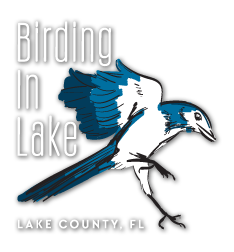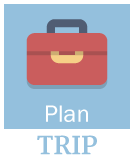Birding Tips
Below you will find valuable tips from our resident expert birds such as where to go and what to bring.
Birding Tips
Here are a few tips to make your interaction with the birds and other birders an enjoyable experience for everyone.
- Remain as quiet as possible, don't make sudden movements or gestures that may startle the birds
- Stay on trails, trampling habitat to get a better look is bad for nature and may put you in danger of tripping or being bit by other creatures who you step on or startle.
- Wear natural colors, avoid whites especially, and also tangling glittery jewelry. Birds are visual if you stand out they will bug out.
- Minimize or avoid using playbacks or recording during nesting season and during extreme weather conditions. This adds extra stress to the birds which are trying to stay alive or feed young.
- Have a good pair of binoculars. General rule is the objective lens (big number) should be about 5x the magnification (small number). So quality pairs would be 7x35, 8x42, or 10x50. Remember that the bigger the second number the “brighter” and “clearer” the image will be. Also remember as you increase magnification you will amplify shake, which simply makes it harder not to move without distorting the image.
- Get a good field guide. The guide should cover the region you are birding and it is help if you familiarize yourself with it before going out in the field.
- Take care of yourself. Water, snack, sunscreen, insect repellant, hat, and proper footwear should all be part of most birders gear.
- Optional equipment would include notebook and pencil, Spotting Scope, checklist of likely birds, trail or park map, compass or GPS, and cell phone (on silent).
- Put your birding to good use. Keeping field notes and entering the data into eBird (www.ebird.org) or posting your sighting to the local birding listserve will allow others to benefit from your time in the field.


